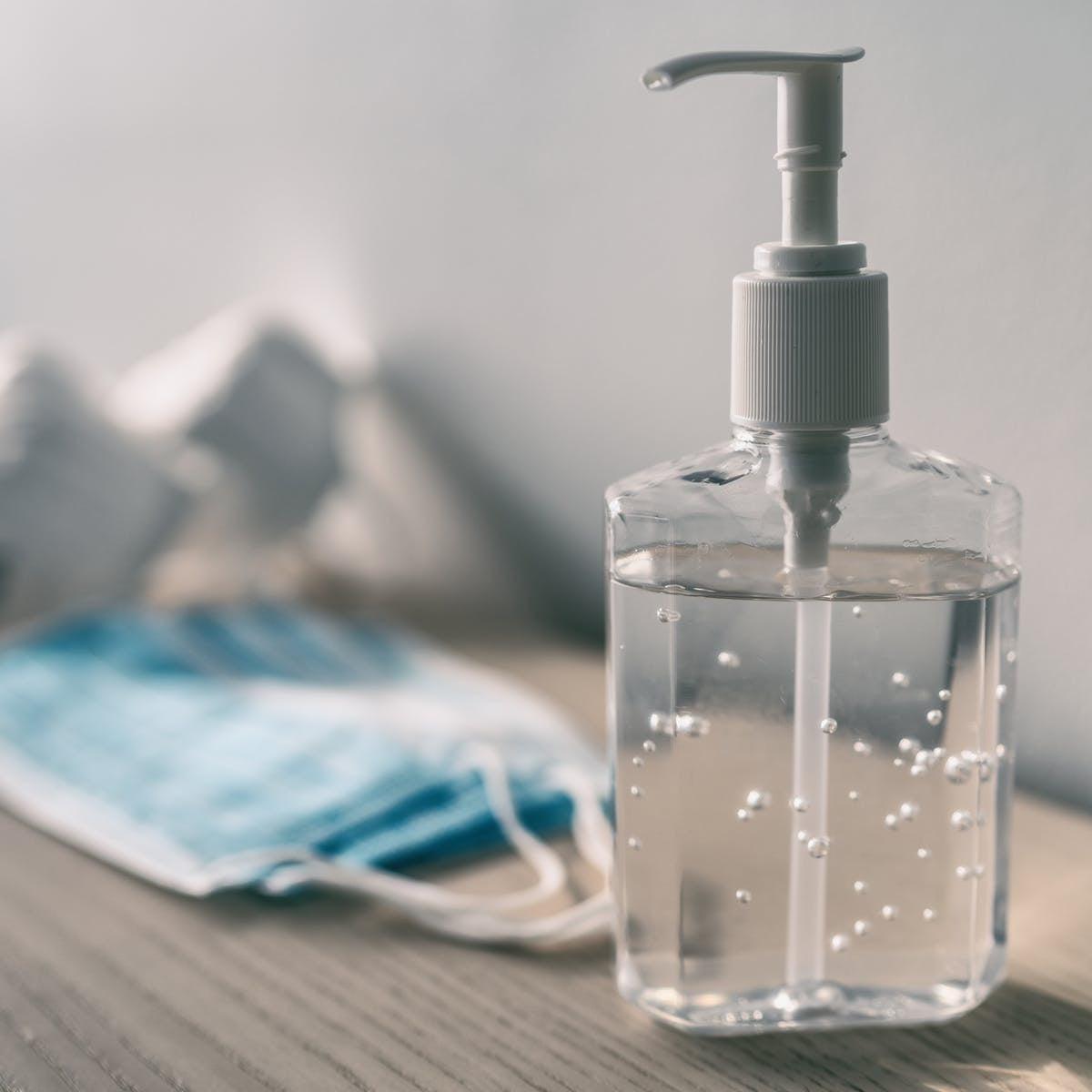Updated 08/03/2022
Hand Sanitisers are Helping to Eliminate the Spread of Viruses
As we settle into a new life with the Coronavirus outbreak continuing to spread. We start to ask ourselves what can be done to eliminate the RISK of contracting this virus, and in fact variants of this virus in the future.
Schools and preschools are asking parents to provide children with hand sanitiser and hospitals and doctor surgeries ensure patients have access to hand sanitisers with signs encouraging them to assist with kill germs where possible.
If you are buying a product that states it is using the World Health Organization (WHO) formula, it should have 80% ethanol or 75% isopropyl alcohol.
Let’s first see the basic components of an alcohol-based hand sanitiser, but what is in a hand sanitiser and why is that important.
- Alcohol
- Humectant/Emollient
- Disinfectant
Alcohol
The major component of alcohol based formulation is, of course, alcohol. For this, the most commonly used is either 96% Ethanol or 99.8% Isopropyl alcohol. Of these, the easily available one is Isopropyl alcohol, otherwise known as Rubbing Alcohol.
Humectant/Emollient
Humectants are moisturizers that will help to prevent the drying of the skin. For WHO formulation, WHO recommends one that is miscible in water and alcohol, is non-toxic, or a hypoallergenic. A popular humectant that meets all these requirements is 98% Glycerol. You might also know other humectants such as Aloe Vera Gel.
Disinfectant
An effective disinfectant is added to this formulation to eliminate contaminating spores. An efficient choice is Hydrogen Peroxide. Its also a mild antiseptic as well as an oxidiser.

